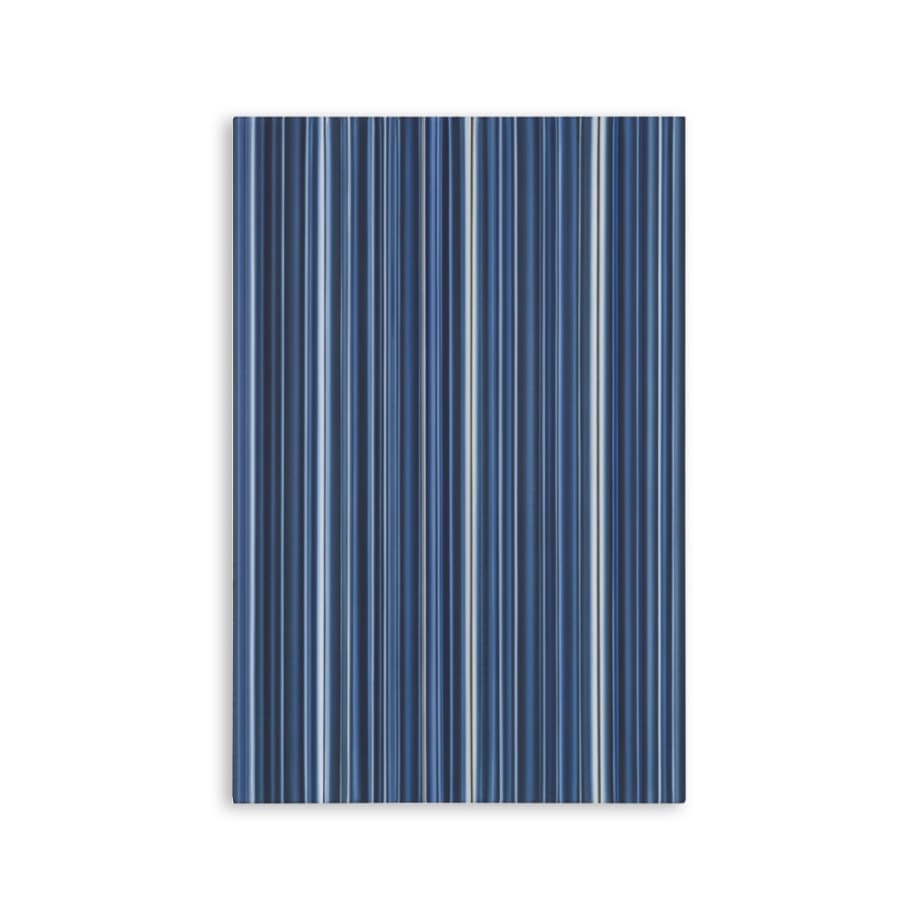Cornelia Thomsen’s practice, ranging over media that include pen and ink, watercolor, and oil, insistently reflects on an upbringing in former East Germany, her home for the first twenty years of her life. The surveillance state—so memorably evoked in the film Das Leben der Anderen (The Lives of Others)—created an atmosphere of gnawing unpredictability that caused its citizens to flinch from active participation in public life and to self-censor as a means of self-preservation, seeking value in private interests and pursuits. Thomsen and her family experienced material and psychological hardship, yet the communist system paradoxically also offered her the opportunity to acquire practical skills she would later deploy as a tool for exploring a troubled past.
Thomsen received a rigorous four-year apprenticeship in painting at the world-famous Meissen Porcelain Company before moving west to the Frankfurt area after the fall of the Berlin Wall. She graduated from the University of Art and Design in Offenbach and finally settled in New York in 2006. Thomsen started work on Garden—her first major series—in 2005, when she was taking her first steps on a journey away from artisanal representation toward the fully realized abstraction seen in much of her later work. Sparked by an interest in botanical study dating from those Meissen years, each of the Garden paintings traverses the tonal range of a single color, or at most two different basic colors, applied in arrays of soft brushstrokes with no outlines.
These skillful marks, the products of years of training, at first remind us of the meticulous pages of a plant-hunter’s album, perhaps depicting hanging willow fronds, standing grasses or irises, or fallen autumn leaves. But look more closely at Thomsen’s seemingly carefree, almost decorative assemblages of paint and you will soon see that they disguise an urgent private project. The watercolor forms coalesce, disperse, and merge again without ever fully opening a window into depth, expressive of an unresolved inward struggle for meaning. They challenge us as viewers to follow the artist in taking nothing for granted, to look beyond the seemingly closed curtain formed by these compositions and explore them as interrogations of hue, order, space, and pattern: metaphors, perhaps, for a spirit of uneasy resilience.
Joe Earle, 2022
Independent curator

